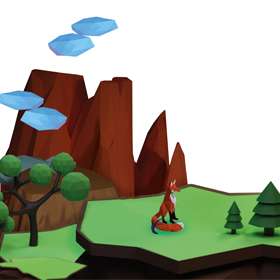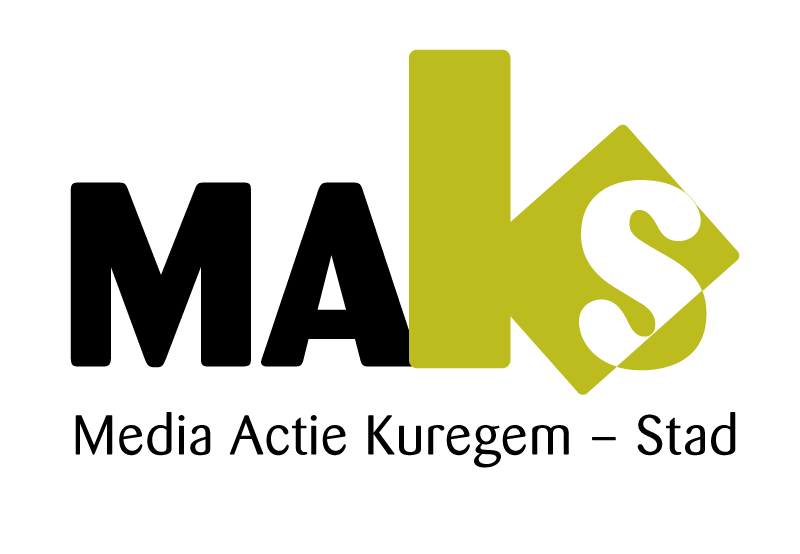Youth at work with Virtual Reality Art

Youth VaRt or also Virtual Reality Art are placement weeks in which we had young people share and incorporate their pandemic experiences into a digital story consisting of drawings made in Virtual Reality. To realise this project, we received support from FCC Youth and Welfare thanks to the “Young in times of corona” call.
Two groups of young people went through a creative process, creating their own authentic VaRt story. We chose the theme “my Brussels in the future”. Through VaRt stories, we created original and authentic narratives in Virtual Reality (VR) with the Google Tilt Brush. Creating in VR lets you experience unlimited space and possibilities, something rarely experienced during a lockdown. The end result are digital stories consisting of recordings of virtual drawings and voice overs.
During the lockdown, we were all in drastically restricted situations. Especially physically, we were bound by rules and regulations. Many found refuge in online digital spaces, or were forced to do so in order to still experience some form of human connection. These digital spaces also have their limitations; “zoom-fatigue” is now a legitimate symptom. We lack genuine connections, particularly young people who are at a time in their lives when community and peers are so instrumental in helping shape their identity.
Most of these digital spaces require tangible ways to communicate: chatting on Facebook about your day or attending classes via video chat. Rarely do people still get the chance to share their experiences through a more symbolic, artistic medium, such as painting, dancing or theatre.
Many would agree that this form of communication is equally important, since most of us have experienced the power of art before, either by experiencing it or creating it. There is something deeply liberating in letting go of a fixed rational way of communicating and showing parts of oneself that cannot be summarised in a linear way.
In these Virtual Reality sessions, we not only create a product, but also reflect on the context and the creative process itself. When you immerse yourself in digital spaces, the boundaries between spaces, between physical and digital, between the inner and outer worlds, blur. In today’s digitised world, it is increasingly important to set clear boundaries for yourself and find healthy ways to explore these boundaries.
The question is always when does technology support authentic and clear communication and when does it not?
In today’s digitised world, it is important to learn to set clear boundaries for yourself and find healthy ways to explore these boundaries.
During the lockdown, we were all in drastically restricted situations. Especially physically, we were bound by rules and regulations. Many found refuge in online digital spaces, or were forced to do so in order to still experience some form of human connection. These digital spaces also have their limitations; “zoom-fatigue” is now a legitimate symptom. We lack genuine connections, particularly young people who are at a time in their lives when community and peers are so instrumental in helping shape their identity.
Most of these digital spaces require tangible ways to communicate: chatting on Facebook about your day or attending classes via video chat. Rarely do people still get the chance to share their experiences through a more symbolic, artistic medium, such as painting, dancing or theatre.
Many would agree that this form of communication is equally important, since most of us have experienced the power of art before, either by experiencing it or creating it. There is something deeply liberating in letting go of a fixed rational way of communicating and showing parts of oneself that cannot be summarised in a linear way.
In these Virtual Reality sessions, we not only create a product, but also reflect on the context and the creative process itself. When you immerse yourself in digital spaces, the boundaries between spaces, between physical and digital, between the inner and outer worlds, blur. In today’s digitised world, it is increasingly important to set clear boundaries for yourself and find healthy ways to explore these boundaries.
The question is always when does technology support authentic and clear communication and when does it not?
In today’s digitised world, it is important to learn to set clear boundaries for yourself and find healthy ways to explore these boundaries.
